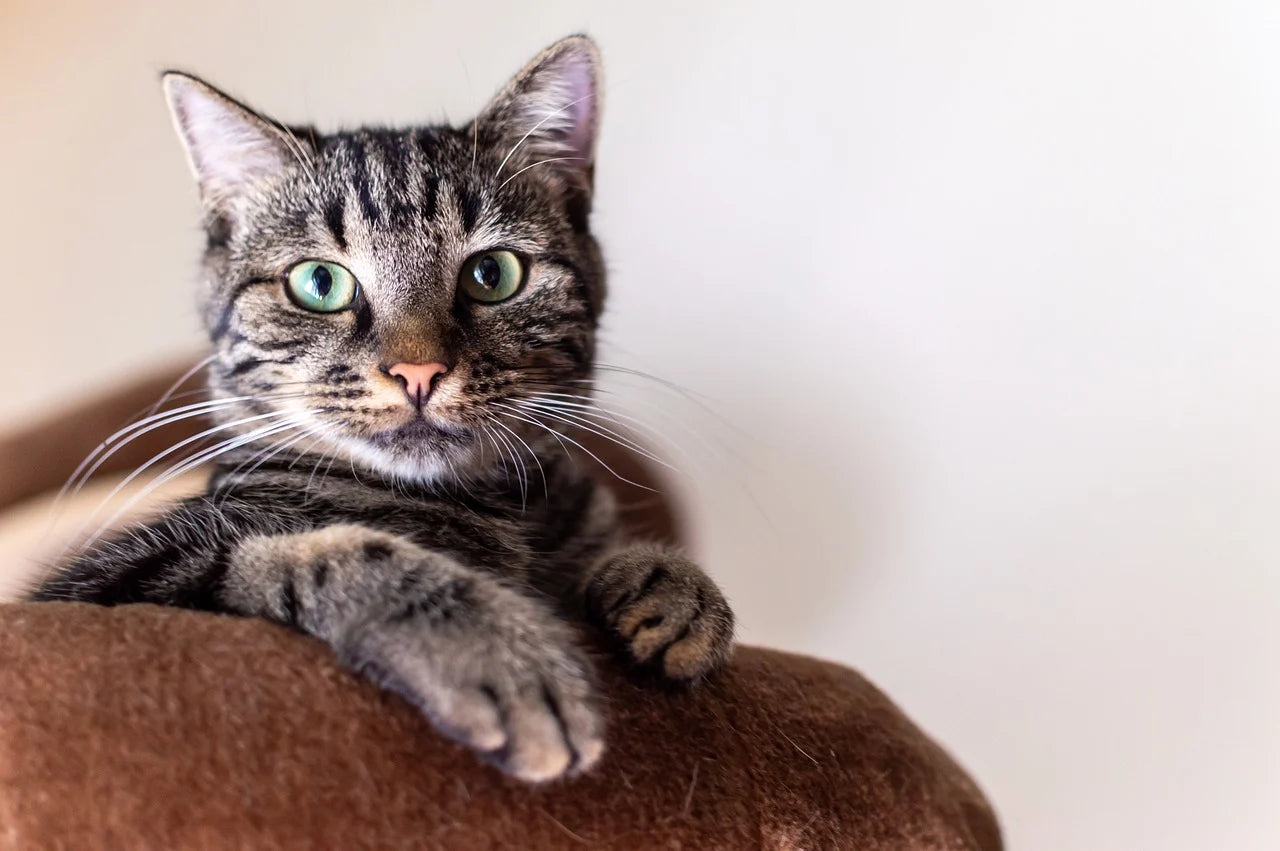Does my cat need to lose weight if he has a big belly?
I believe that many careful pooper scoopers will see that their own cat has some "fat" when it’s walking or shaking, the belly will sway from left to right very cute. So many cat owners will affectionately call their cats "big belly" I have a small male cat that is a typical "small belly".
For many new cat owners, a cat's "belly" is a fun and mysterious place, and they like to touch it and play with it. In fact, through careful observation, we will find that even the thinnest cats have a slight sagging abdomen as if it is also a big belly. So, what is this big belly in the end?
Simply put, this cute little belly on the cat's body has its own scientific name - the primordial sac (also called "primordial pouch" or "primordial sac").

What is the primordial capsule?
The primordial sac is an extra layer of skin and fat on the cat's abdomen that runs along the lower side of the cat's body and is usually more visible near the hind legs. The primordial capsule sways from side to side when the cat is walking and does not disappear even after weight loss or de-sexing.
The native sac begins to develop during the cat's adolescence, usually around 6 months of age. Its size varies from cat to cat and might be bigger in older cats or cats that gained some fat. This progenitor sac is not unique to cats; all felines have this sac, and even animals like lions and tigers have it.
Why do cats have natural sacs?
Most people love chubby cats, they are very cute, and they have a chubby belly that makes you want to squeeze them. But the existence of the natural sac is not just to please us, cat lovers. So, what is its main purpose?
1.Protection: When cats fight with each other, they tend to aim their claws at the vitals. Cats will often use a "rabbit stomp" like action to attack each other's sensitive abdomens. In the wild, a kick can cause a tear in the abdomen, which can be very dangerous or even fatal. So, having a natural sac adds an extra layer of protection.
2.Increase flexibility: When chasing prey, cats will stretch their front and hind legs to gain maximum speed. At this time a loose leather bag can make this stretch smoother. This allows them to run faster and for a longer time. In addition, cats can go almost anywhere, as if they were acrobats, and the pouch will help them stretch their bodies better when they dive off the couch.
3.Store energy: In the wild, cats have very irregular eating habits. They will feast when there is plenty of prey but may starve for a long time when there is no food. The presence of the protoplast allows the cat's stomach to store some food when there is plenty of food and allows them to survive when there is no food.
Factors affecting the size of the capsule in cats.
1. Genetics and breed: The size of a cat's natural sac depends on its genetics. Some breeds (including the Egyptian cat, Japanese short-tailed cat, and Bengal cat) are known for having fairly large natural sacs. Most pet cats are hybrids of several breeds, so the size of their native sacs can vary greatly.
2. Weight: The shape and weight of your cat will also affect the size of their natural sac. If your cat's sac looks particularly large, it may actually indicate a well-built cat. Because large cats generally have larger mid-sections, this may hide the true sac, while thinner cats may have a more prominent sack than the rest of their body.
4.Age: Like humans, as cats age, their muscle mass and skin elasticity decline, and at this time their native sacs sag and look as if they are larger.
How can you tell if your cat has a "potbelly" or is overweight?
The size of the natural sac is genetic and will vary by breed and individual. A healthy, thin cat may still have a large progenitor sac.
Specific methods of determination:
If a cat's ribs are not visually obvious and its waistline is clear from above, with just a little extra "belly" on its belly, then it is probably maintaining its weight quite well. However, if the cat has a round belly, a visible layer of fat on the rib cage, and no visible waistline, then it may indeed be overweight.
Keep in mind: the natural sac is basically flabbier and lower and tends to sway from side to side when the cat is walking. Whereas a big fat cat will usually have a much rounder belly and will not sway at all when walking, this area feels more like a big hard beanbag.
The last thing to say is that although we know what the main role of the cat's "belly" is, it does not change people’s need to squeeze and play with the cat, after all, it is soft, it feels great. With it, the cat's cuteness is even more evident, isn't it?


